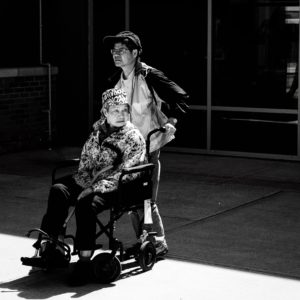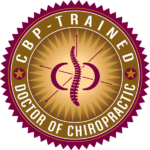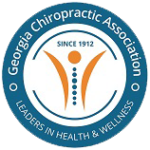Neuropathy is defined as nerve pain. It is common in people who have the following conditions: Diabetes, high blood pressure, high cholesterol, or spine problems. It often occurs in the arms, hands, legs, or feet.
Diabetic Peripheral Neuropathy is often diagnosed in people with diabetes. Diabetes can cause this type of nerve pain. However, we have found that these same people often have other conditions contributing to nerve pain.
Nerves
Let’s get back to the nerves themselves. As you know, nerves emanate from the spinal cord housed within the spine. The more stress on the nervous system, the greater the risk of nerve pain (neuropathy) and inflammation. It makes sense that if the spine is in alignment, it reduces stress on the nervous system.
Neuropathy, although painful, is often a symptom of a greater problem. Therefore, we recommend starting to look at the patient as a whole. What are the factors that could be causing the symptoms? Are they diabetic? Do they have hypertension? What does the structure (the spine), housing their central nervous system look like?
Diabetes Treatment

Most treatment includes the use of meds to manage the pain of neuropathy. In our office, we have successfully eradicated the diabetes diagnosis in three patients already. These were people who had previously been dependent on medication AND insulin injections.
Yes, their condition reversed! Also, we continue to prevent the diagnosis in dozens of people who were once told they were at risk as well.
High Blood Pressure and High Cholesterol
Yes, these conditions tend to run in families and are often hereditary. However, even with genetic predispositions, dietary modifications are usually successful at reducing blood pressure and cholesterol.
When it Comes to Health, Look First to the Spine!
As mentioned earlier, Neuropathy is nerve pain. As part of a comprehensive diagnosis, the structure housing the nervous system needs an assessment. The structure of the spine is directly related to neurologic function. The way we analyze structure is standing, upright, full spine x-rays.
Next, we digitize and map the spinal structure. Comparisons based on genetic data compared to your structure. It is through this method, that we can rule out Neurological factors contributing to or causing symptoms of nerve pain, numbness, burning, etc.

Structure Impacts Function
If the structural (spinal) integrity of your spine is compromised, it negatively impacts neurology. This not only impacts nerves, but it also affects the spinal cord, possibly impacting peripheral circulation, and causing radiating or localized nerve pain. It also impacts physiology as well.
Action Steps
For health recovery and a decrease in neuropathy symptoms, it’s vital to have a spinal structural assessment performed. If spinal integrity is compromised, we test the structure to determine what degree of correction is achievable. Then a comprehensive course of spinal biomechanical correction may be warranted. This painless protocol can last between 3-6 months for optimal short and long-term outcomes.
At CSS, we help people who suffer from diabetic peripheral neuropathy by treating spinal problems. If you’re in either acute or chronic pain, your next step to lasting relief is seeking the services of a certified CBP chiropractor. Our chiropractic clinic is conveniently located in Tucker, Georgia. We also offer an intensive spinal correction program for those who do not live in our area, but who need spinal correction. Call for more information on how Advanced CBP care at CSS can finally help you get back to the activities, passions, or occupations you love.
About the Author

Dr. David Shapiro, DC, CEO of Complete Spine Solutions
A graduate of Life University, School of Chiropractic 1993 (4600 postgraduate hours). Board certified licensed Doctor of Chiropractic. Passed 3 national board tests and the state of Georgia board examination. Also certified in therapeutic modalities.
Advanced Certified in Chiropractic BioPhysics, the most evidence-based technique in chiropractic. He’s been in private practice for over 25 years.




